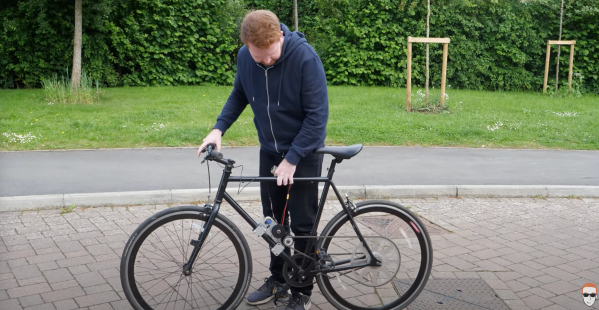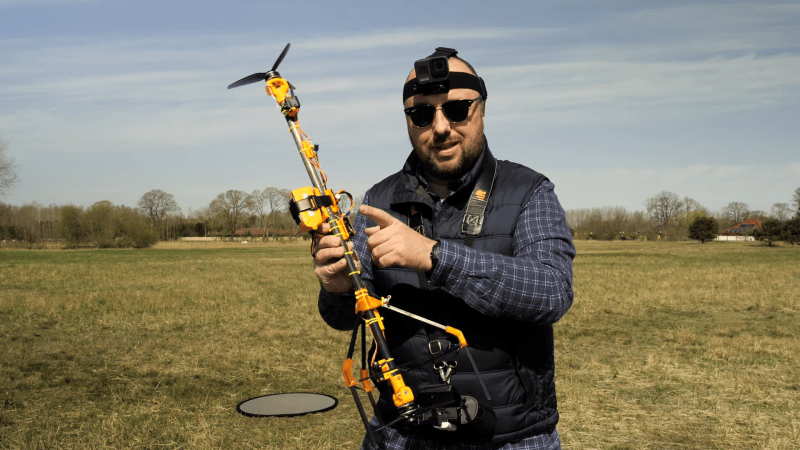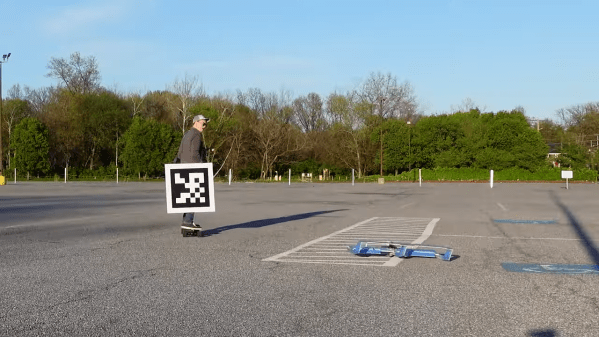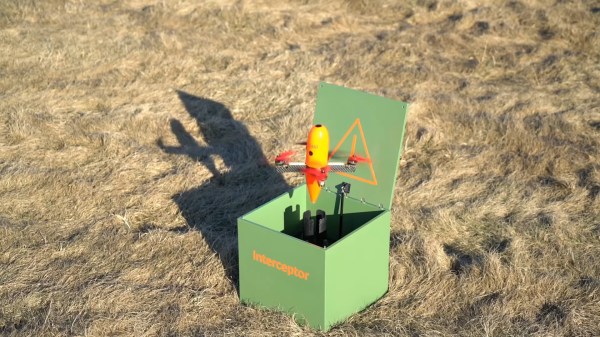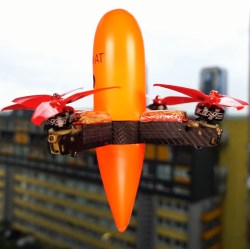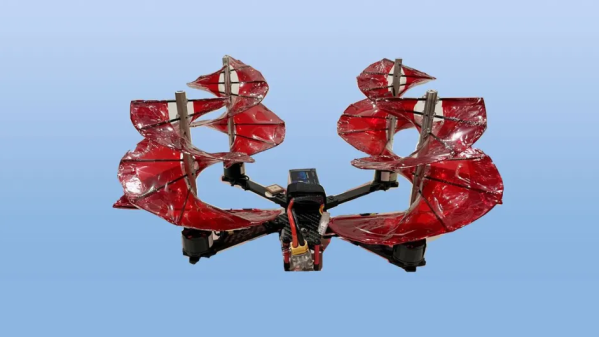It sounds like a rhetorical question that a Midwestern engineer might ask, something on the order of ‘can you fix this bad PCB spin?’ [Tom Stanton] sets out to answer the title question and ends up building a working e-bike with a drone motor.
You might be thinking, a motor is a motor; what’s the big deal? But a drone motor and a regular e-bike motor are made for very different purposes. Drone motors spin at 30,000 RPM, and an e-bike hub motor typically does around 200-300 RPM while being much larger. Additionally, a drone motor goes in short spurts with a large fan blowing right on it, and an e-bike motor can run almost continuously.
The first step was to use gears and pulleys to reduce the RPM on the motor to provide more torque. A little bit of CAD and 3D printing later, [Tom] had a setup ready to try. However, the motor quickly burned out. With a slightly bigger motor and more gear reduction, version 2 performed remarkably well. After the race between a proper e-bike and the drone bike, the coils were almost melted.
If you’re thinking about making your bike electric, we have some advice. We’ll throw in a second piece of advice for free: use a larger motor than the drone motor, even though it technically works. Video after the break.

